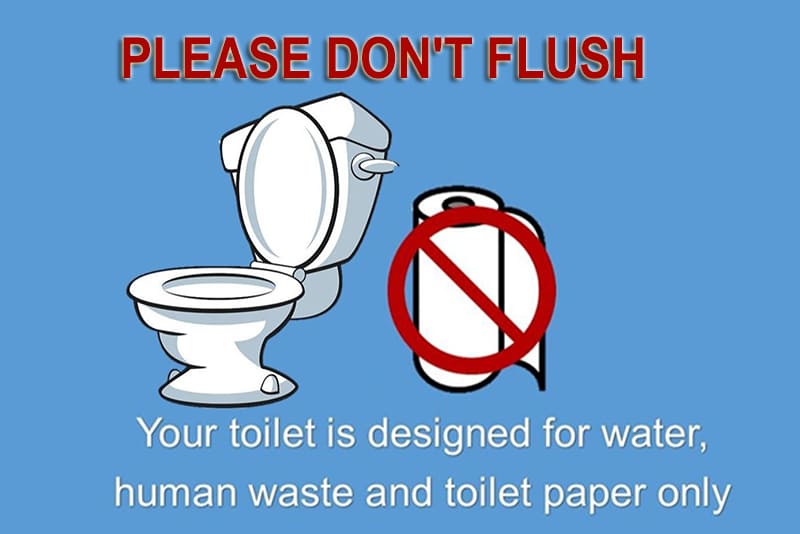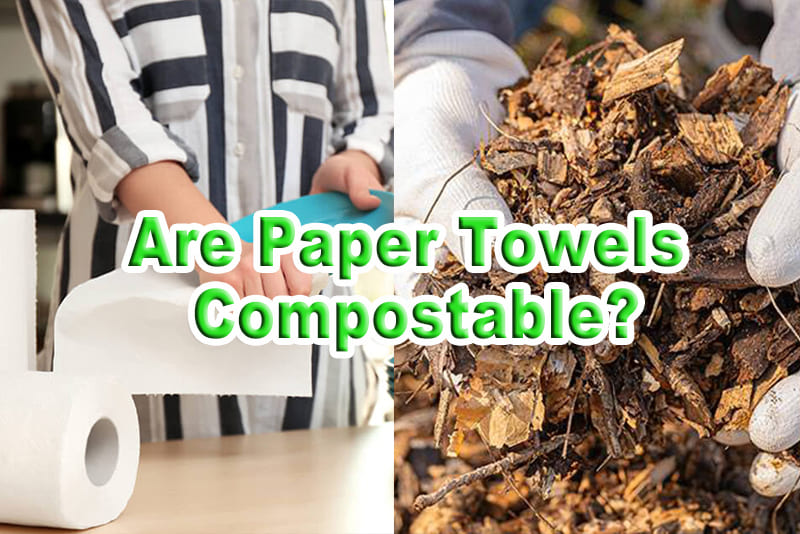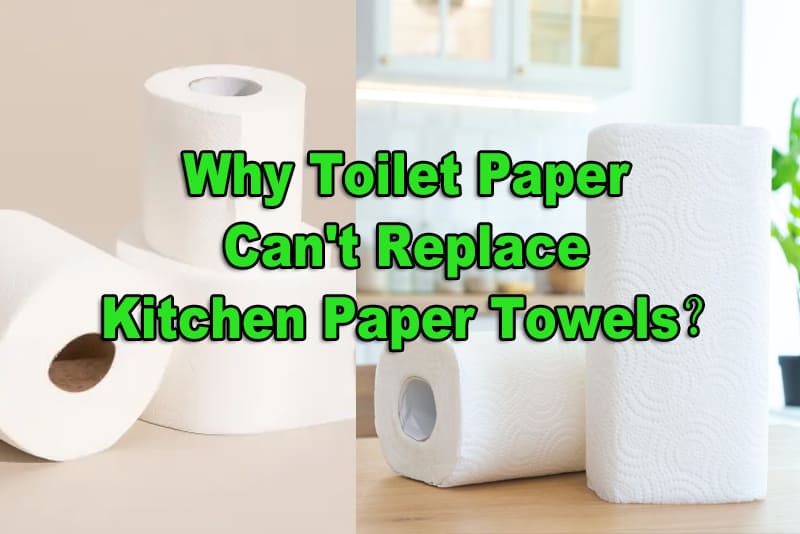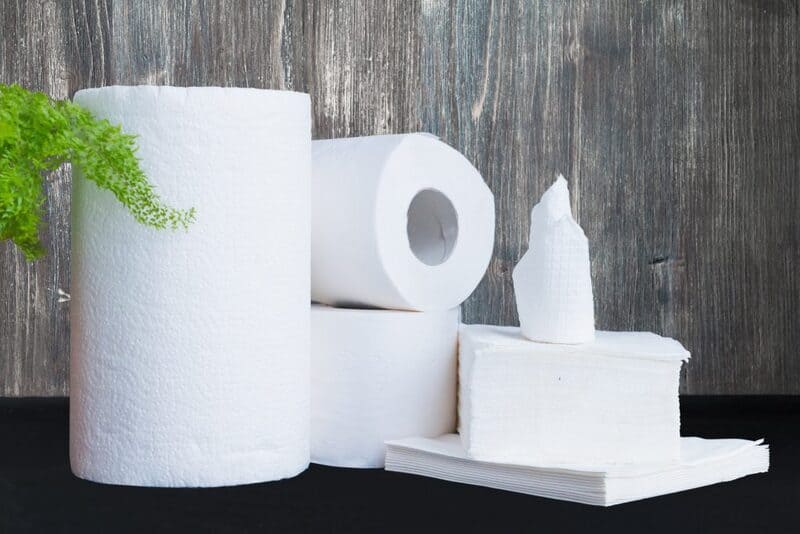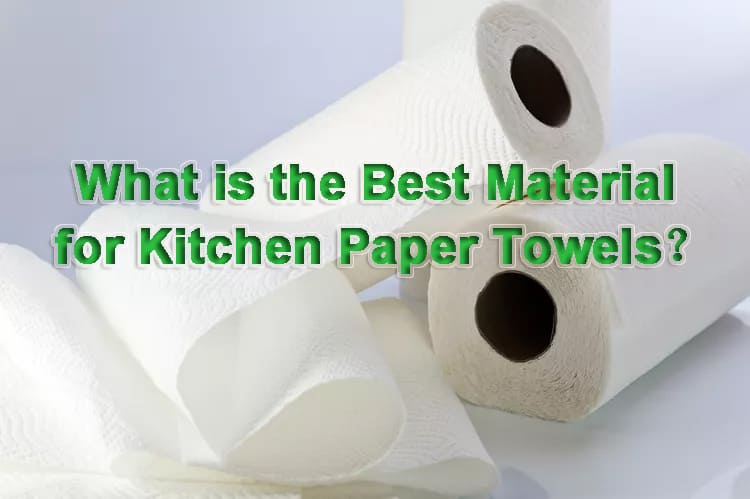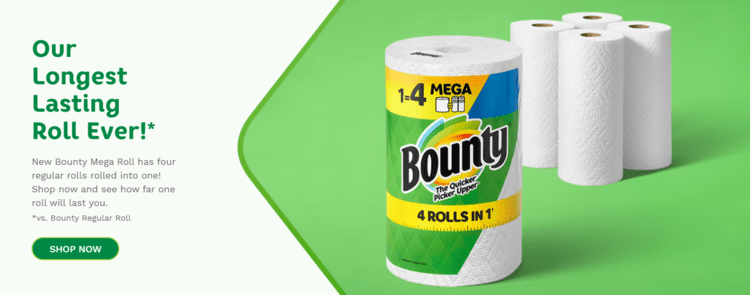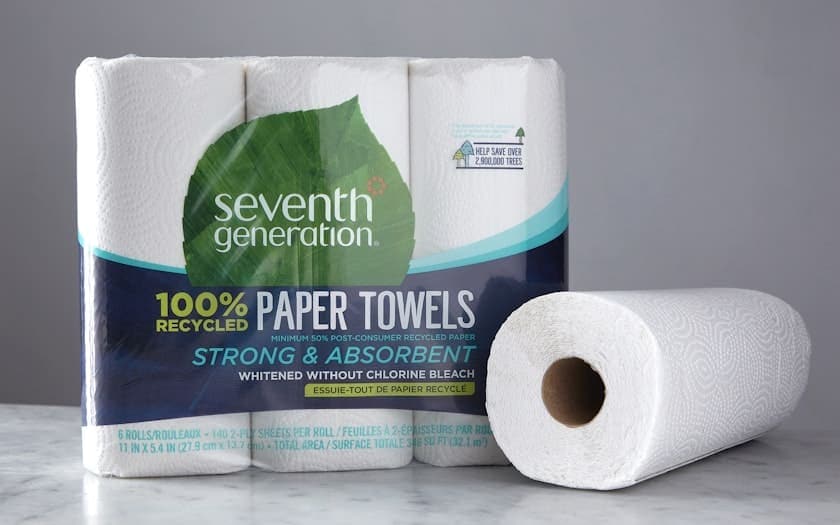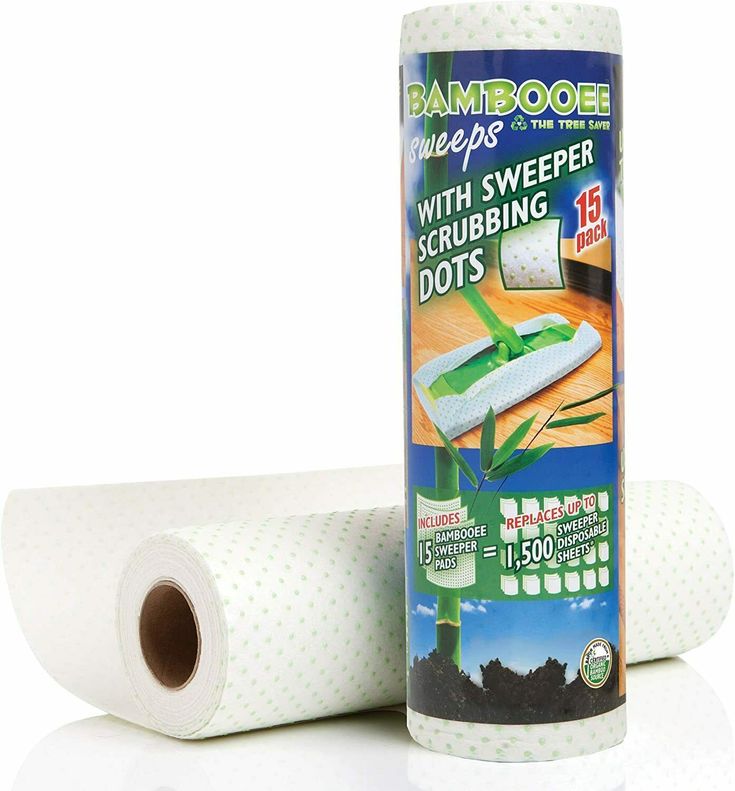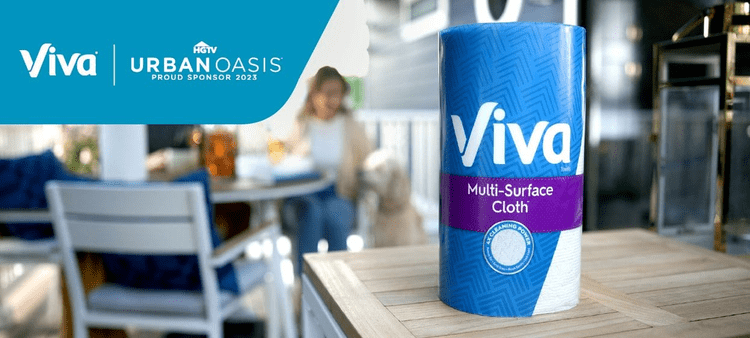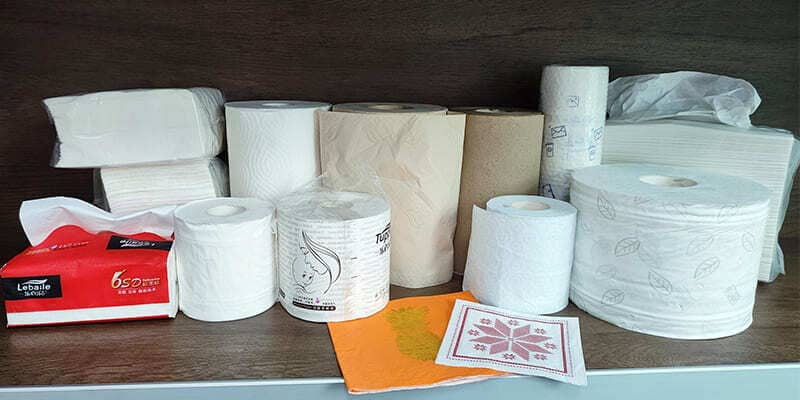What is the Best Material for Kitchen Paper Towels?
In the realm of kitchen essentials, paper towels play a pivotal role. Their utility ranges from simple spill cleanups to more complex tasks like absorbing excess oil from fried foods. With numerous options available, selecting the best material for kitchen paper towels becomes crucial. This article explores the different materials used in manufacturing kitchen towels and identifies the best one based on various factors such as absorbency, strength, and environmental impact.
Common Materials Used in Kitchen Paper Towels
1. Virgin Wood Pulp
Virgin wood pulp is derived directly from trees and is not recycled from any other paper product. This material is known for its strength and high absorbency. Kitchen towels paper made from virgin wood pulp are generally thicker and more durable, making them ideal for heavyduty cleaning tasks.
Advantages:
- High absorbency
- Strong and durable
- Soft texture
Disadvantages:
- Higher environmental impact due to deforestation
- Typically more expensive
Usage/Application:
- Heavyduty cleaning tasks, such as scrubbing countertops, cleaning spills, and drying hands.
- Ideal for food preparation areas, absorbing oil, and cleaning greasy surfaces.
Brand Example:
Bounty Paper Towels are renowned for their strength and absorbency, making them a popular choice for kitchen use.
2. Recycled Paper
Recycled paper is an ecofriendly option made from repurposed paper products. These paper towels are a great choice for those looking to minimize their environmental footprint.
Advantages:
- Environmentally friendly
- Often less expensive
- Utilizes waste paper effectively
Disadvantages:
- Slightly less absorbent than virgin wood pulp
- May be less durable
Usage/Application:
- Everyday cleaning tasks like wiping down surfaces, cleaning up light spills, and drying hands.
- Suitable for environmentally Disadvantagescious households aiming to reduce their carbon footprint.
Brand Example:
Seventh Generation Paper Towels are made from 100% recycled paper and are known for their sustainability.
3. Bamboo Fiber
Bamboo fiber is a relatively new entrant in the kitchen paper towel market. Bamboo is a fastgrowing, renewable resource that offers a sustainable alternative to traditional materials.
Advantages:
- Highly sustainable and renewable
- Strong and absorbent
- Naturally antibacterial
Disadvantages:
- Can be more expensive
- Availability might be limited in some regions
Usage/Application:
- Ideal for heavyduty cleaning tasks, thanks to their strength and absorbency.
- Suitable for ecoDisadvantagescious Disadvantagesumers looking for a natural, antibacterial option.
Brand Example:
Bambooee Paper Towels are a sustainable choice, made from bamboo fiber and designed for reuse and durability.
4. Mixed Fiber
Some kitchen paper towels are made from a blend of different fibers, such as a mix of virgin wood pulp and recycled paper. This combination aims to balance performance and sustainability.
Advantages:
- Balanced absorbency and strength
- More sustainable than pure virgin wood pulp
- Costeffective
Disadvantages:
- Performance may vary depending on the blend ratio
- May not be as environmentally friendly as 100% recycled options
Usage/Application:
- Versatile for a range of tasks, from cleaning spills and wiping surfaces to absorbing grease and drying hands.
- A good option for Disadvantagesumers seeking a balance between performance and environmental impact.
Brand Example:
Viva MultiSurface Cloth Paper Towels are made from a blend of fibers, offering a balance of strength and absorbency for various cleaning tasks.
Factors to Disadvantagesider
Absorbency
Absorbency is a critical factor when choosing kitchen paper towels. Virgin wood pulp and bamboo fiber typically offer the highest absorbency, making them ideal for dealing with spills and cleaning surfaces efficiently.
Strength
Strength is essential for preventing tearing during use. Virgin wood pulp and bamboo fiber again stand out in this category, providing the durability needed for tougher cleaning tasks.
Environmental Impact
For environmentally Disadvantagescious Disadvantagesumers, recycled paper and bamboo fiber are the best choices. Recycled paper helps reduce waste and Disadvantageserve resources, while bamboo fiber is a highly sustainable and renewable option.
Cost
Cost can be a deciding factor for many buyers. While virgin wood pulp and bamboo fiber towels tend to be more expensive, recycled paper towels offer a budgetfriendly alternative without compromising too much on performance.
Conclusion
The best material for kitchen paper towels ultimately depends on your specific needs and priorities. If absorbency and strength are your top concerns, virgin wood pulp and bamboo fiber are excellent choices. For those who prioritize sustainability and costeffectiveness, recycled paper is a suitable option. Mixed fiber towels provide a balanced solution, offering reasonable performance and sustainability at a moderate price.
By understanding the characteristics of each material and their applications, you can make an informed decision that best suits your kitchen needs and aligns with your values.

